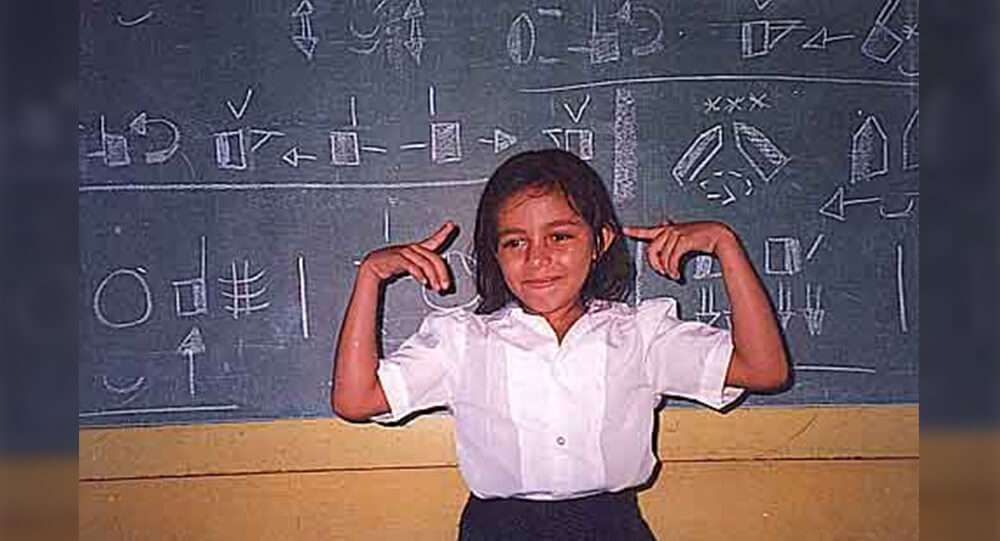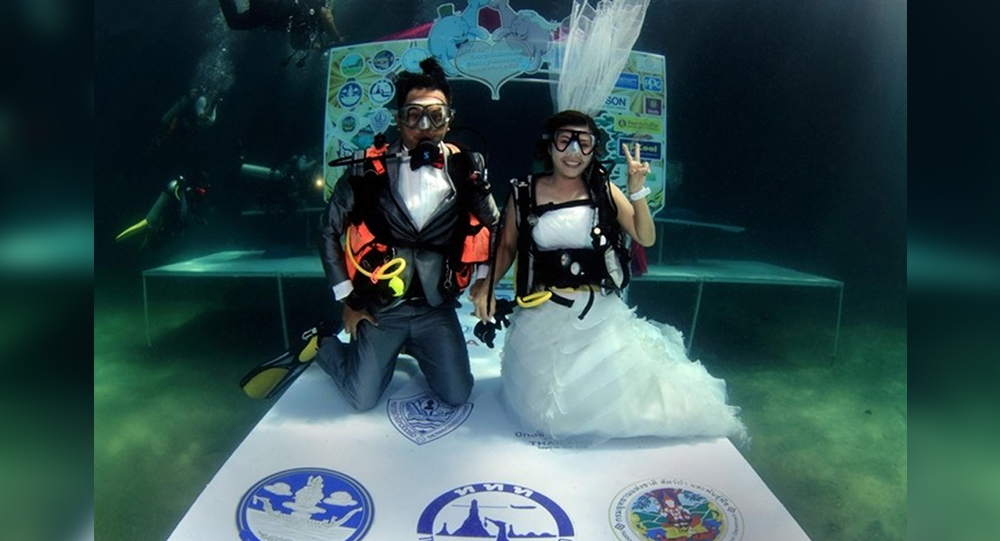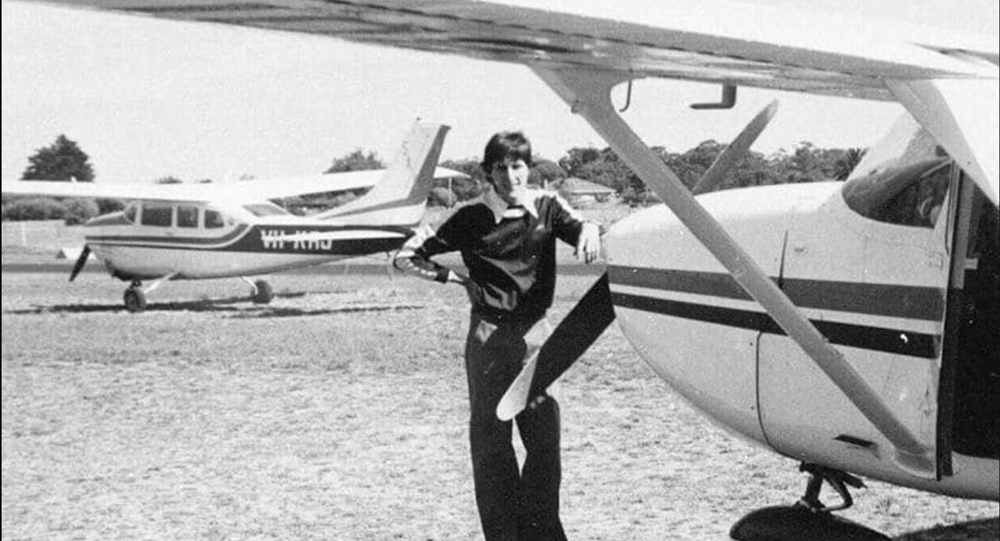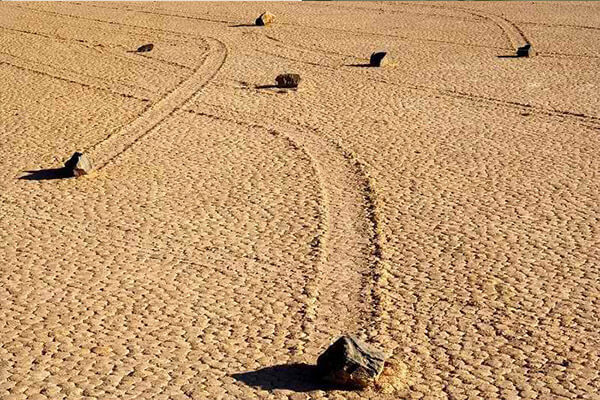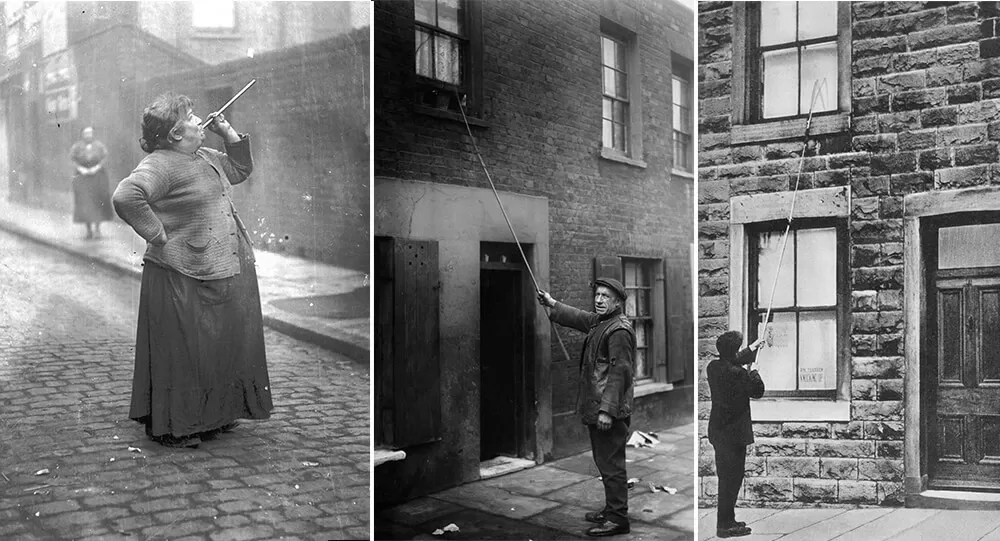Children in Nicaragua who are deaf have been developing an increasingly complex system of hand gestures since 1977. A study that was just published in Science claims that youngsters have independently developed new traits that are unique to true languages. Lead researcher Ann Senghas of Barnard College claims that people are “building language out of the gesture.”
Nicaraguan Sign Language, or NSL, is regarded by many linguists as a significant test case since the language developed essentially in isolation and because the original “speakers” are still alive. Deaf children in Nicaragua were socially isolated up until the government established a school for the deaf in 1977. The students were not taught signing at school, and they had limited contact with written language. Instead, the children created the language mainly on their own, based on what earlier pupils had taught them.
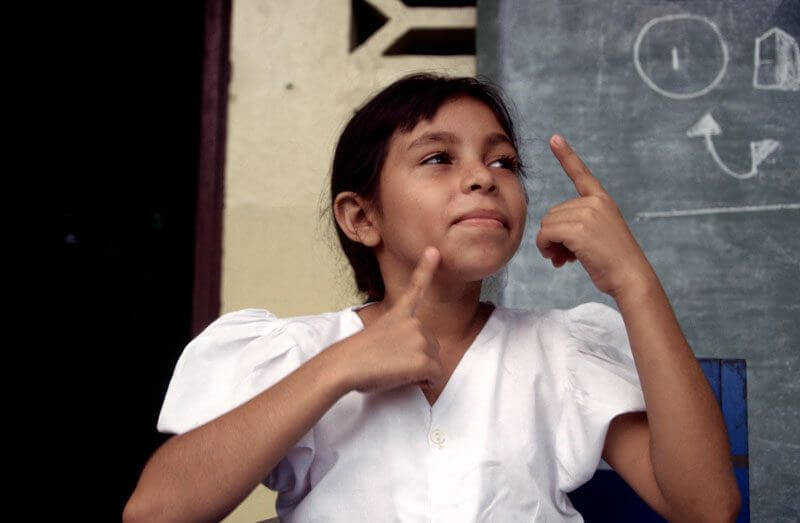
By breaking down complex ideas into manageable components, like words, which can then be rearranged to produce many new ideas, true languages are able to achieve a significant portion of their power. Senghas explains, “It’s like building with bricks instead of clay.”
The researchers played a cartoon featuring a cat wobbling down a hill after swallowing a bowling ball to seek for this trait in NSL. When asked to explain the motion, Spanish speakers who can hear frequently add a gesture that combines the concepts of “wobbling” and “down” in a single motion to their verbal description (top).
From the beginning of school, deaf pupils have used a similar gesture that is a precise counterpart of the recognizable action. Later generations of students, however, distinguish between the concepts of “wobbling” and “down” as independent indicators (bottom). The researchers point out that despite the separation weakening the description, it is a crucial aspect of abstract language.
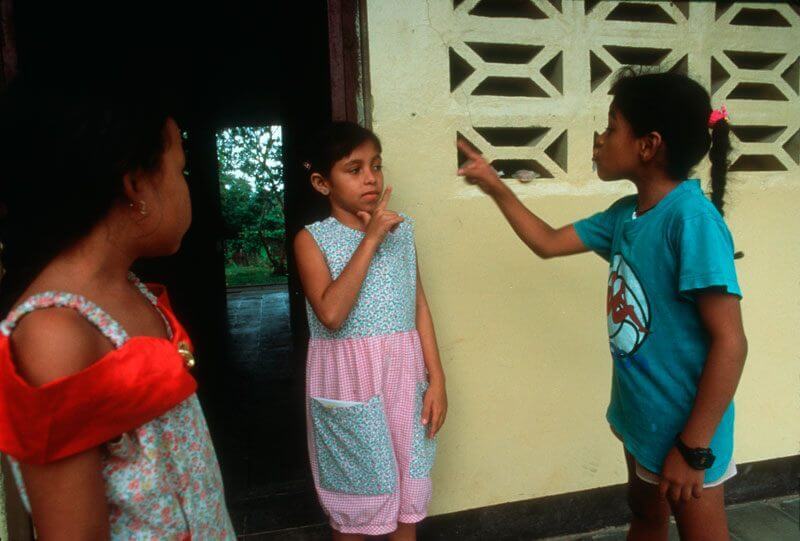
Other studies have demonstrated that sign language utilizes some of the same brain functions as speech for hearing persons. The latest findings support the notion that this machinery is predisposed to abstract language even in the absence of instruction. Don Monroe quotes Senghas as saying, “The fundamentals of language can arise just from the way that children learn the language.”
